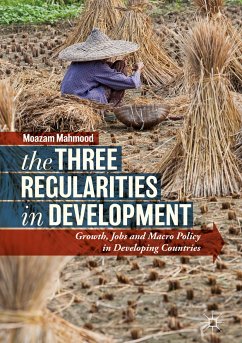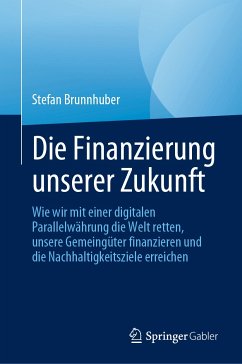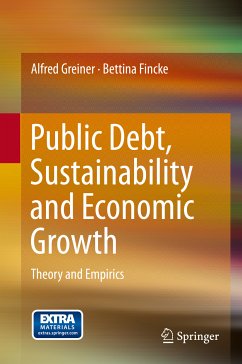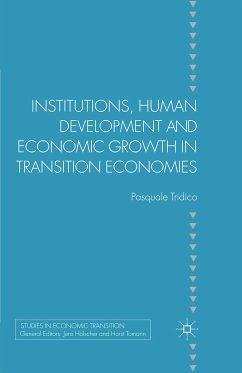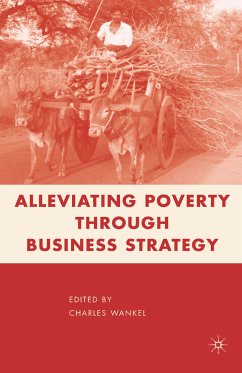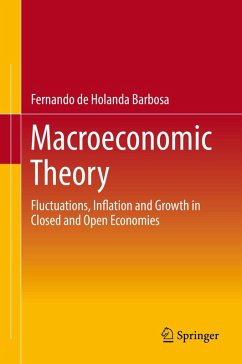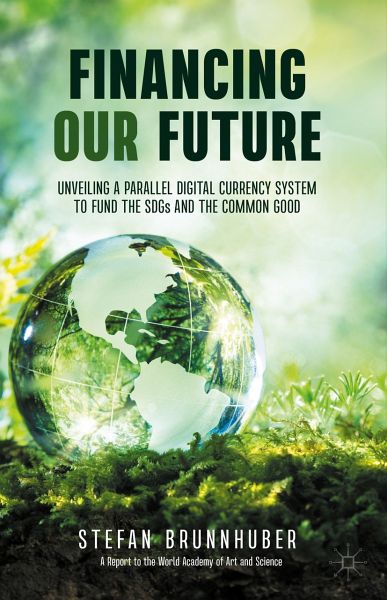
Financing Our Future (eBook, PDF)
Unveiling a Parallel Digital Currency System to Fund the SDGs and the Common Good

PAYBACK Punkte
12 °P sammeln!
Stimulates debate on how best to finance sustainability by providing a completely new perspective using the lens of Eastern thinking
Provides a systems-based approach to financing the future that includes interdisciplinary findings from
behavioral science and clinical psychology
Introduces a parallel electronic currency specifically designed to finance global common goods and to achieve the SDGs
Unveiling the required financial mechanism to finance our common future Dieser Download kann aus rechtlichen Gründen nur mit Rechnungsadresse in A, B, BG, CY, CZ, D, DK, EW, E, FIN, F, GR, HR, H, IRL, I, LT, L, LR, M, NL, PL, P, R, S, SLO, SK ausgeliefert werden.
Alle Preise in Euro und inkl. der gesetzl. MwSt. | Innerhalb Deutschlands liefern wir preisgebundene Bücher versandkostenfrei. Weitere Informationen: bitte hier klicken
Support
Bitte wähle dein Anliegen aus:
Rechnungen
Bestellstatus
Retourenschein
Storno



